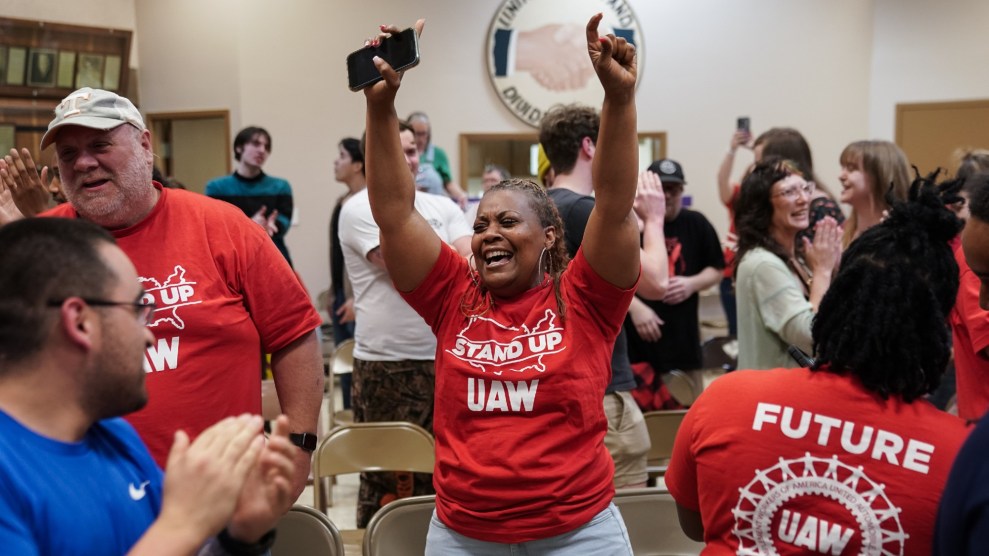On the morning of 21 December 1995, [Kimura Shuji] went to visit her condemned son and was told that visiting hours were very busy and to come back at noon. When she returned, she was asked whether she wanted to take her son’s body away for burial.
Welcome to death row in Japan. Prisoners are executed by hanging—a process known to produce “gruesome scenes of slow strangulation and even decapitation.” And prisoners sitting on death row don’t even know when they’ll actually die. No one gives them a date. Prisoners aren’t told “this day will be your last” until the actual morning of their execution, which can come at any time—days or months or decades after their appeals process is exhausted. Their families aren’t notified until after they’re dead. Everyone involved lives under the strain of uncertainty.
One prisoner, Oda Nobuo, exhausted his appeals process way back in 1970, and is still under sentence of death—meaning that he has had to wake up, in a solitary cell, every morning for nearly 40 years knowing that he could be executed that day without warning. One former prisoner describes how he was dragged out of his cell by guards one morning, before they whispered nervously that they had the wrong guy, put him back, and went to get some other guy for the hangman’s noose. Oops. All of those stories come from a new Amnesty International report: “The Death Penalty in Japan.”
Needless to say, spending decades on death row, without knowing when it will all end, is liable to make even the most level-headed inmate insane and suicidal. It’s gratuitous torture of the worst sort. And that’s doubly true in Japanese prisons, where death-row inmates are forced to live in solitary confinement, cut off from other prisoners and allowed only intermittent outside visits as well as two short periods a week to leave their cells for exercise. Not surprisingly, many prisoners develop mental health problems—although, since Japanese courts often find defendants with mental disabilities to be “mentally competent,” many of those on death row where already mentally ill when they came in.
To say this is all quite horrifying seems inadequate. And lest anyone thinks that these prisoners are probably all guilty of sin and deserve what they get, note that Japanese courts convict a staggering 99 percent of those accused of crimes—the highest conviction rate in the developed world. The odds that innocent people are frequently sentenced to death are very, very high.
Indeed, the entire Japanese criminal “justice” system is geared towards speedy conviction. Under the daiyo kangoku system, Japanese police can interrogate suspects in police cells for up to 23 days before transferring them to prison. There are few rules regulating interrogations, and a suspects’ access to a lawyer is extremely limited during this time. Amnesty has long documented how the police use beatings, intimidation, and sleep deprivation to extract “confessions” from suspects for crimes they haven’t committed. In the 1980s four men were released from death row after it was revealed that they signed such confessions under torture, but even though there’s no reason to think this was a special case, death-row pardons are extremely rare.
Here, meanwhile, is a 1998 Amnesty report about Japanese prison conditions for everyone else. Frankly, they’re not much better. Prisoners are often beaten severely by guards for minor rule infractions (one such rule: “Avoid leaning against the bedding or sitting on it”) and placed in special confinement cells where they’re forced to kneel on the floor without moving for 10 hours a day over month-long periods. There are also special “protection cells” where prisoners are kept in handcuffs and tight restraints 24 hours a day—often without good reason. Not that American prisons are much better, but the Japanese may well have us beat on the cruel and unusual front.















